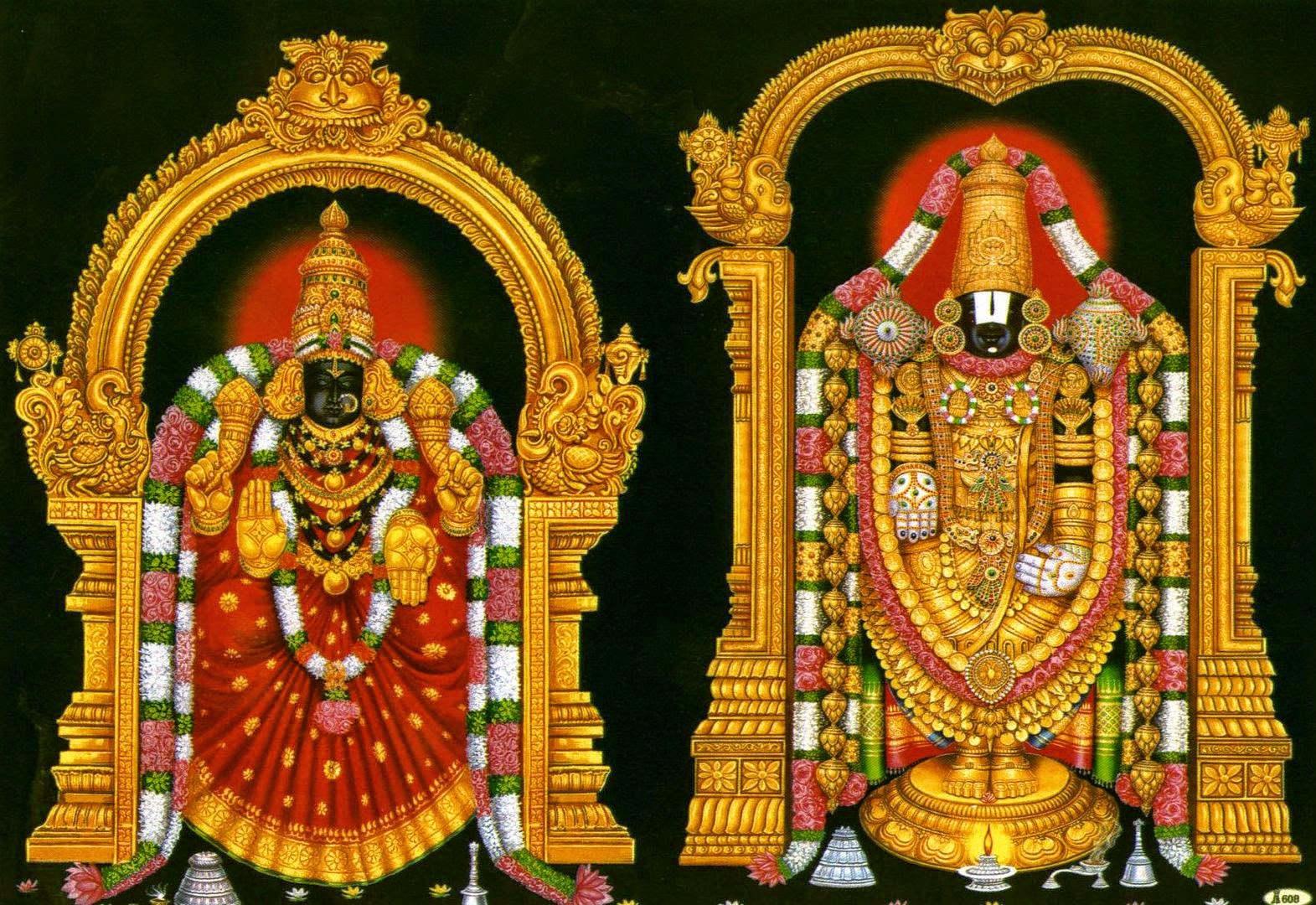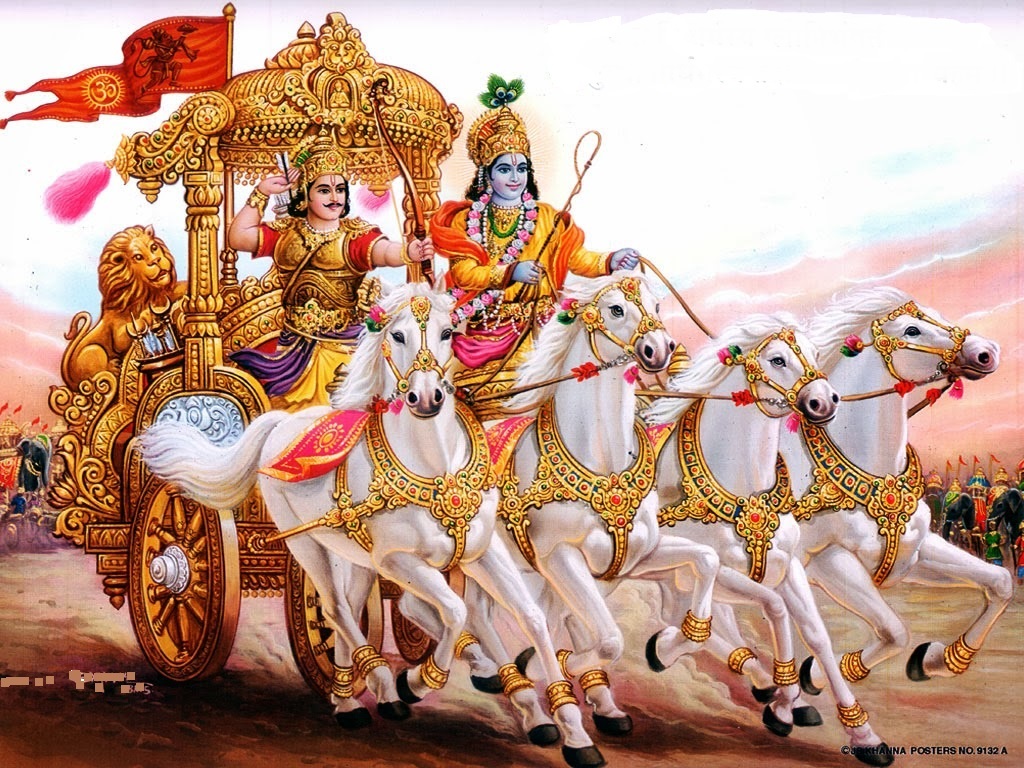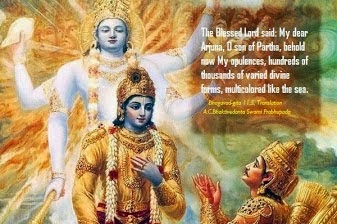The Relevance of the Bhagavadgita to Humanity 11-3: Swami Krishnananda.
Wednesday 18, June 2025, 09:00.
Books
Srimad Bhagavad Gita
The Relevance of the Bhagavadgita to Humanity 11-3:
Chapter 11: Participating with the Intention of the Universe-3.
Swami Krishnananda.
=======================================================================================
In the intensity of expression, in a differentiated manner, they look like various bodies – the physical body, the astral body, the causal body, or, as you might have heard, there are five layers of our individuality. These are called, in our Sanskrit language, annamaya, pranamaya, manomaya, vijnanamaya and anandamaya koshas. The physical, the vital, the mental, the intellectual, and the causal layers are not five shirts put on by the Atman. They are a thick layer of cloud distributed in a variegated intensity of expression, as a cloud may cover the sun and we cannot say there are many kinds of cloud. Cloud is cloud, but it can be thick or thin, and it can be distributed in layers of depression and pressure. It can be dark, it can be lighter, it can be anything whatsoever. The variety in the distribution of the density of the cloud does not mean that there are many clouds. There is only a difference in the intensity of their expression as layers, as it were. They are not even layers of one thing over the other. It is one thing only appearing as many. Likewise is the apparent distribution of the so-called fivefoldness of our five sheaths. There are not five sheaths. There is one sheath only, in the same way as there is one cloud covering the sun, but they look like five, or sometimes we call them three, because of the intensity of their expression. We have a physical body with legs and hands and feet and eyes and brain and heart and lungs and sense organs and mind and intellect. A wonderful mechanism we have in our so-called layers of expression, but they are only these threeforces playing a drama, three things appearing as many things. Therefore, our so-called stability of individuality, our independence that we are assuming, is an illusion. We are not independent persons; nobody is independent in this world. The independence is a tentative, illusory presentation of a stability created by a concentration of these three forces at a given moment of time, for a particular purpose, and when that purpose is fulfilled, the pattern will change suddenly, and there will not be this particular individuality of ours. We will shed this individuality, and we will assume a new form by a rearrangement of the constituents which are nothing but these.
Hell and heaven are nothing but these three gunas. What a difference between hell and heaven! Unthinkably different are the conditions prevailing in heaven and hell, but there is nothing substantially different in the formation of these arrangements or atmospheres or environments we call hell and heaven. The particular type of pressure exerted by the gunas in a type of intensity will give us the idea of a particular world, as I mentioned. We call it a physical world, an astral world or celestial world, a nether region, an inferno, and so on. So there is no inferno, paradiso, purgatorio – nothing of the kind. There is no earth, there is no heaven, there is no sky. These are all forms taken by different pressurised expressions of the three gunas: sattva rajas, tamas. The whole world is this much – including me, including you, including inanimate objects, animate objects, and every blessed thing.
"Na tad asti prthivyam va divi devesu va punah, sattvam prakrtijair muktam yad ebhih syat tribhir gunaih." (BG 18.40):
In all the earth and all the heaven, there is nothing visible, nothing tangible, nothing intelligible which is not a formation of these three gunas.
So where do you stand as an individual? You do not exist as an individual. You are a concentrated point of these three forces arranged in a particular form. They can rearrange themselves at any time, and you are no more there. Immediately there is a distribution of the constituents. We can have another building with the same bricks, only rearranging them in a different pattern. It may look like a temple, it may look like a church, it may look like a mosque, or it may look like a dome. It may look like anything. We may call the structure by different names because of the shape taken by the very same bricks. The same bricks look like different structures, and we give them different names. Here is a temple and here is a shop, and many things are told about buildings because of the form taken by the same building material. So there are three building materials in this cosmos – sattva, rajas, tamas. Finally, we will be told there are not even three. When we go to the later chapters, the Fourteenth, Fifteenth and Sixteenth Chapters, we will find even the threefoldness of this force is not an ultimate fact. There is something very unique and surprising that is revealed later on. Thus, inasmuch as we are not independent, inasmuch as we are constituted of powers that are also the basic building bricks of everyone else also, there is an interconnection of us with everybody else.
Now, the universe is a ubiquitous, all-pervading maintenance of balance. Even our existence is a kind of balance. If the balance is upset, we will not be here even for three minutes. Even the building is a balance of the building material. If the balance is not there, there will be no structure. It will not stand. The stability of the thing is the balance of its inner constituents, and therefore our so-called stability and perpetuation of our individuality, the imagination that we are existing as so-called Mr., Mrs., and so on, is an illusion because its existence, even for a moment, is due to the balance maintained by these inner forces. But why do they maintain this balance? This so-called maintenance of balance is also dependent on various other aspects of the very same three forces distributed elsewhere in the cosmos. If the leg is to stand erect, all the muscles of the body also should cooperate. It is not enough if only the knee bends or straightens itself. Medical men tell us that four hundred and fifty muscles are activated immediately merely by the act of standing. We do not know that four hundred and fifty muscles are working merely when we are standing. Likewise, the whole cosmos is active merely by a particular event that takes place.
*****
Continued











Comments